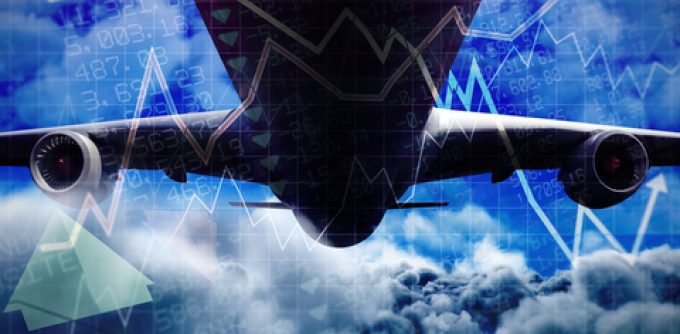Airfreight demand expected to weaken through Q2
Weak ecommerce demand has seen cancellations of airline block space agreements and charters, particularly to the ...

The air cargo industry should expect a non-existent, or at best muted, peak season as rates and volumes continue to slide.
September saw rates drop 19% year on year out of Hong Kong to North America, while out of Shanghai they fell 42%, according to the TAC Index.
On Asia to Europe, rates fell 25% from Shanghai and were flat from Hong Kong, but all lanes are still significantly – between 92% and 175% – above pre-Covid levels.
World ACD, meanwhile, reported lower ...
Macron calls for ‘suspension’ – CMA CGM's $20bn US investment in doubt
Trump tariffs see hundreds of cancelled container bookings a day from Asia
De minimis exemption on shipments from China to the US will end in May
Forwarders stay cool as US 'liberation day' tariffs threaten 'global trade war'
Mixed response in US to 'Liberation Day', while China leads wave of retaliation
Tariffs and de minimis set air freight rates on a volatile course
Overcapacity looms for ocean trades – with more blanked sailings inevitable
'To ship or not to ship', the question for US importers amid tariff uncertainty

Comment on this article